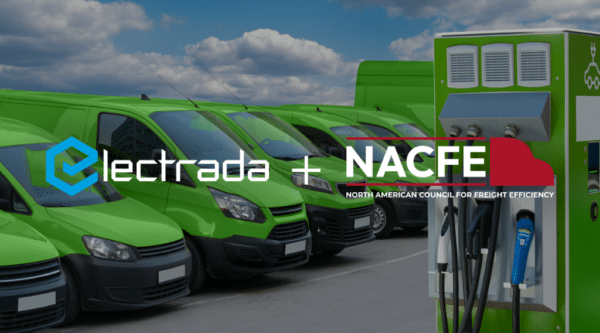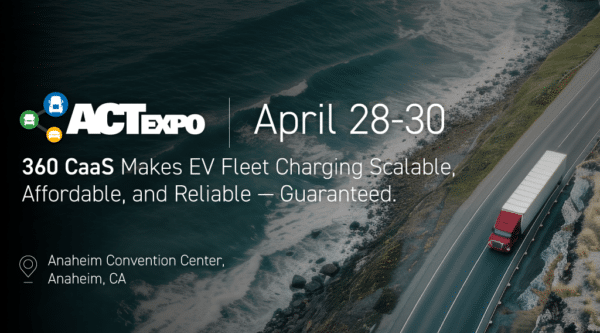Driven by concerns about vehicle range, charge speed, and ensuring vehicles are plugged in after shifts, many fleets overinvest in charging capacity. When adopting a DIY approach to electrification, it’s easy for fleet operators to over-plan and overspend, particularly on unsuitable EV fleet charging options.
Major pitfalls in charging capacity planning include:
- Mismatched Charging Schedules and Equipment: Not aligning the charging pattern or model with the appropriate Electric Vehicle Supply Equipment (EVSE).
- Unsuitable EVSE Installation: An example is opting for DC fast chargers (DCFS) when Level 2 (L2) suffices, or vice versa. This leads either to increased capital and demand charges or lowered vehicle uptimes affecting customer deliveries.
- Excessive Charging Infrastructure: Investing in many charging connectors when only a few are needed to charge the first electric trucks.
- Overloaded Electrical Panels: Without proper understanding, misjudging the charging capacity against the site’s total electrical load can cause circuit overloads and equipment failures.
- Underutilization of Solar and BESS: Not leveraging solar and battery energy storage systems (BESS) can result in peak energy costs or lack of available power during high demand periods.
- Inappropriate Software and Power Management Tools: Right tools are essential for fleets to get precise data on EVSE load and to support comprehensive load management.
- Overlooked Interoperability: Address this early to avoid stranded assets and reduce total cost of ownership (TCO).
Balancing the current needs with futureproofing charging capacity can be tricky. Challenges arise when EVSE suppliers’ interests don’t match those of the fleet, or when operating across multiple rate territories.
Factors to consider for medium-duty EV fleet charging include:
- Battery Capacity: Use the battery nameplate as a reference for approximating range and charge duration, remembering that charging speed can vary based on factors such as the state of charge (SOC).
- Battery Chemistry: Determines charging speed and the type of EV fleet charging needed.
- EVSE Communication Capabilities:
- Open Charge Point Protocol (OCPP) offers an open communication platform.
- Smart charging and load management are essential for fleet demands.
- End-of-charge notifications help in efficient utilization of charging infrastructure.
- Vehicle to X (V2X) strategies, like Vehicle to Load (V2L) and Vehicle to Building (V2B), support site reliability, especially when paired with BESS.
- Voltage Requirements: For instance, L2 EVSE typically ranges from 208 – 240 V AC, while DC ranges between 400 – 1,000 V.
- Charging Speed: Battery specifications matter. Consulting the vehicle’s OEM ensures compliance with best practices.
- Charging Time: Influenced by battery chemistry, routes, and operations. Understanding each vehicle’s depot dwell time is crucial.
- SOC Requirements: Drivers should be aware of the SOC while on route. Adequate training ensures vehicles don’t run out of charge.
Though fleet electrification is complex, EV fleet charging can be simplified with a reliable partner. Electrada collaborates with a proven ecosystem of hardware and software partners to deliver a comprehensive electric fuel solution for fleets – 360 Charging-as-a-Service (CaaS). Fleets can secure EV charging infrastructure tailored to their use cases with zero capital expense, all while guaranteeing 99% uptime and a predictable electric fuel price for the life of the relationship. Learn more by connecting with Electrada.



